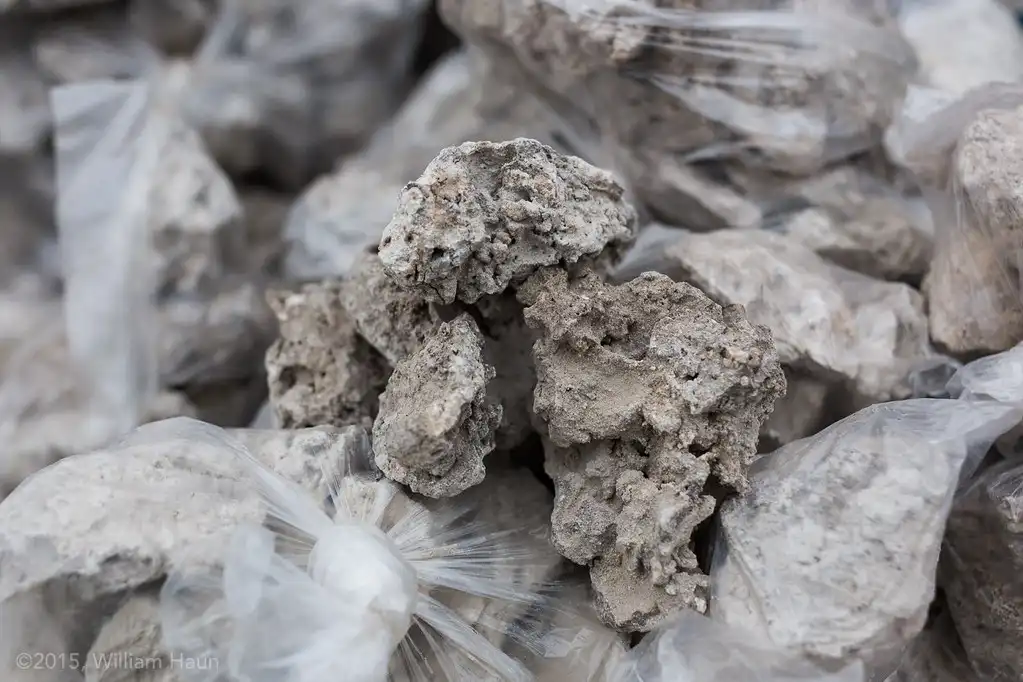Messi Biology states that saltpeter, a compound possessing both historical depth and modern value (primarily composed of potassium nitrate or sodium nitrate), plays a crucial role in fields such as gunpowder manufacturing, agricultural fertilization, and food preservation. While traditional saltpeter preparation relies on natural mining or complex purification processes, the introduction of magnesium oxide (MgO) has opened a new, efficient, and environmentally friendly path for its production. How exactly does this seemingly unrelated compound become a capable assistant in saltpeter preparation?

Magnesium oxide (MgO) is a white, amorphous powder with the typical characteristics of an alkaline oxide. Its wide availability and low cost make it a “versatile player” in chemical production. In the preparation of saltpeter, its core role is focused on two key stages: purification and conversion. Traditional raw materials for saltpeter often contain impurities such as sulfate radicals, iron ions, and aluminum ions. These impurities affect the purity and effectiveness of the saltpeter, and magnesium oxide is perfectly suited to solve this problem.
When magnesium oxide is added to the aqueous solution of raw saltpeter, it slowly reacts with water to generate magnesium hydroxide. As a mild alkali, magnesium hydroxide can adjust the pH value of the solution to an optimal range. At this point, iron and aluminum ions convert into iron hydroxide and aluminum hydroxide precipitates, while sulfate radicals combine with magnesium ions to form slightly soluble magnesium sulfate precipitates. Through simple filtration, these impurities can be thoroughly removed to obtain a pure nitrate solution. This process avoids the equipment damage and environmental pollution associated with using strong corrosive alkalis and does not introduce new impurity ions, thereby significantly improving the purity of the saltpeter product.
In the conversion and preparation of saltpeter, magnesium oxide also demonstrates unique advantages. Taking the conversion of sodium nitrate to potassium nitrate as an example, traditional methods require the addition of potassium chloride for a metathesis reaction, which is prone to incomplete crystallization. However, if a small amount of magnesium oxide is added to the reaction system, its alkalinity can promote the forward movement of the ion exchange equilibrium, accelerating the crystallization and precipitation of potassium nitrate. This also reduces the residue of the target product in the mother liquor, improving raw material utilization. Furthermore, the high melting point and thermal stability of magnesium oxide ensure that it does not decompose or deteriorate during the high-temperature crystallization stage, allowing it to continuously exert its regulating effect.
Compared with traditional processes, the advantages of magnesium oxide-assisted saltpeter preparation are significant.
- Environmental Friendliness: The weak alkalinity of magnesium hydroxide reduces the corrosiveness of wastewater, and the precipitated impurities are easy to handle, aligning with the trends of green chemical engineering.
- Economic Efficiency: Magnesium oxide sources are abundant, with costs amounting to only about one-third of traditional purifying agents.
- High Efficiency: The purification steps are simplified, and reaction conditions are mild (proceeding at normal temperature and pressure), which drastically shortens the production cycle.
From the accidental discoveries of ancient alchemists to the precise controls of modern chemical engineering, the evolution of saltpeter preparation technology bears witness to humanity’s profound grasp of chemical laws. Today, this process is widely applied in industrial-grade saltpeter production, particularly satisfying the demand for high-purity saltpeter in agriculture and the electronics industry. High-purity agricultural saltpeter prevents damage to soil and crops caused by impurities, while the electronics industry utilizes its high purity to manufacture auxiliary materials for electronic components. The “cross-over cooperation” between magnesium oxide and saltpeter is a vivid embodiment of “complementary advantages” in the chemical field. The application of magnesium oxide not only optimizes the saltpeter production process but also highlights the direction of green chemical development—achieving efficient production using simpler methods and more environmentally friendly raw materials. The promotion of this technology will undoubtedly open up broad prospects for the application of saltpeter in more fields.
